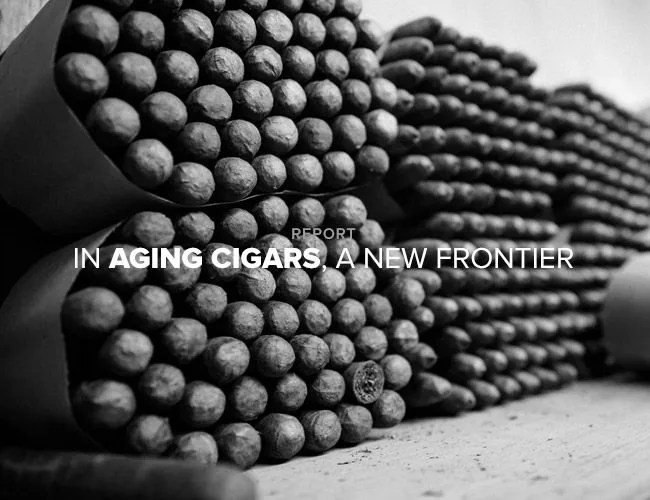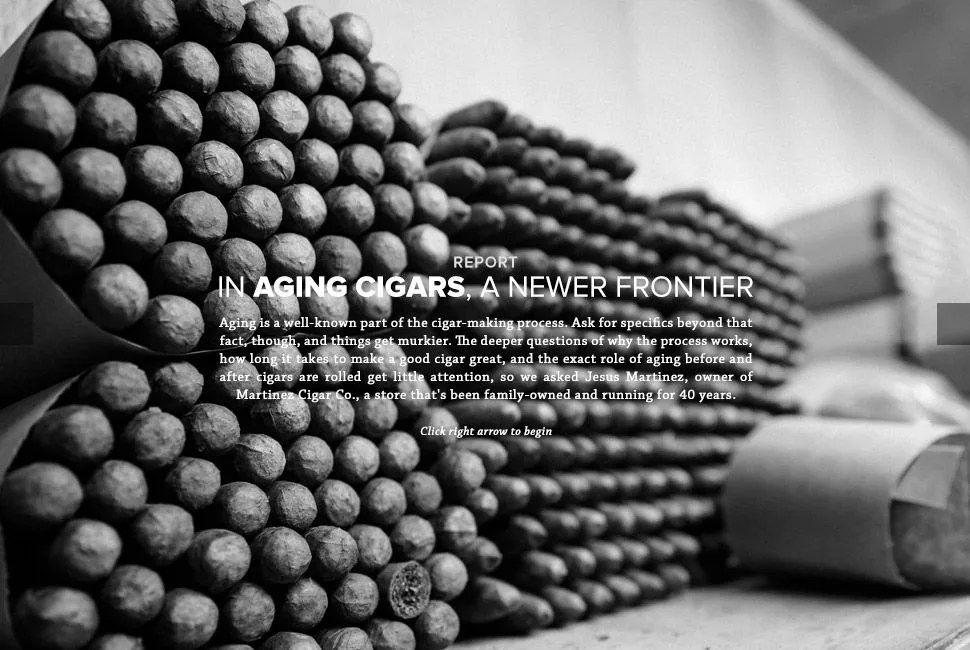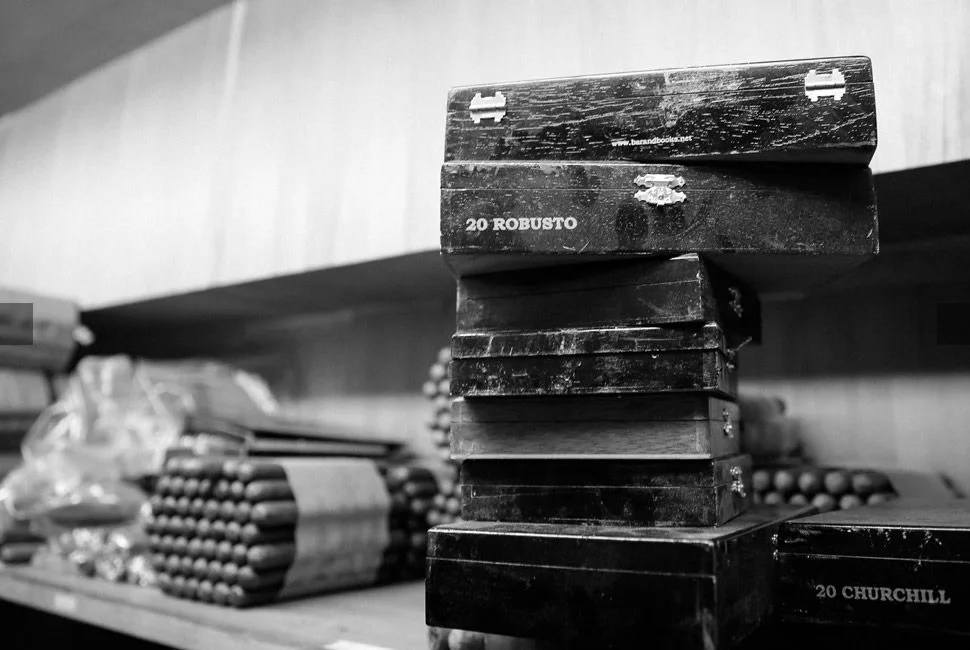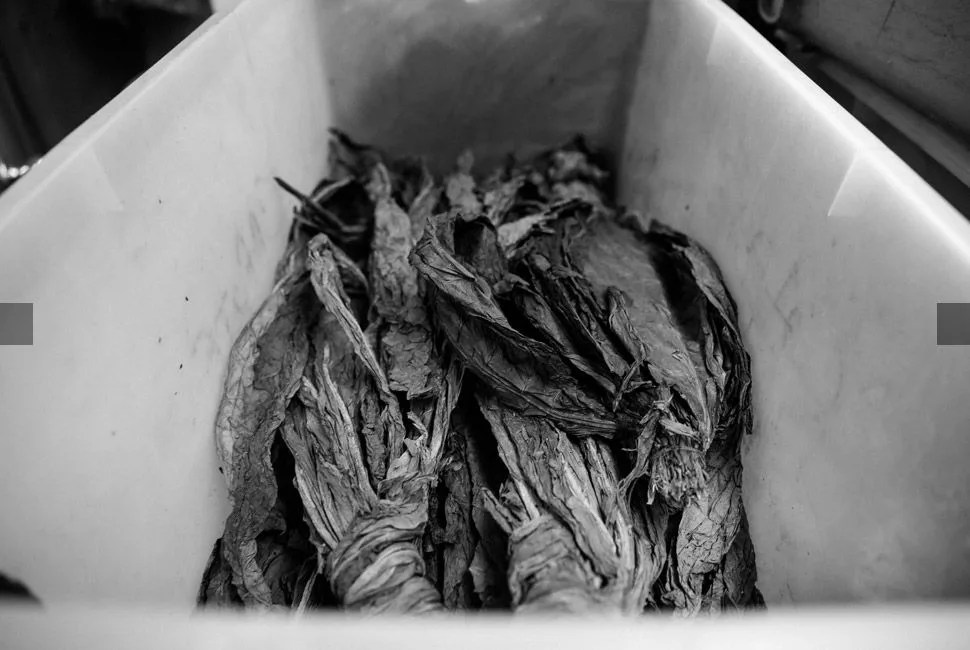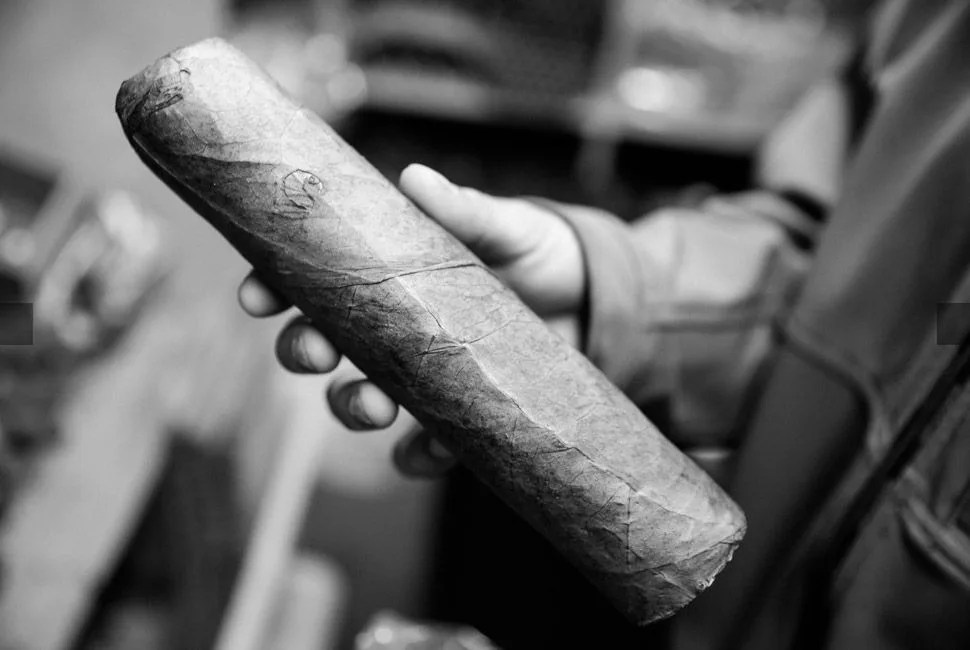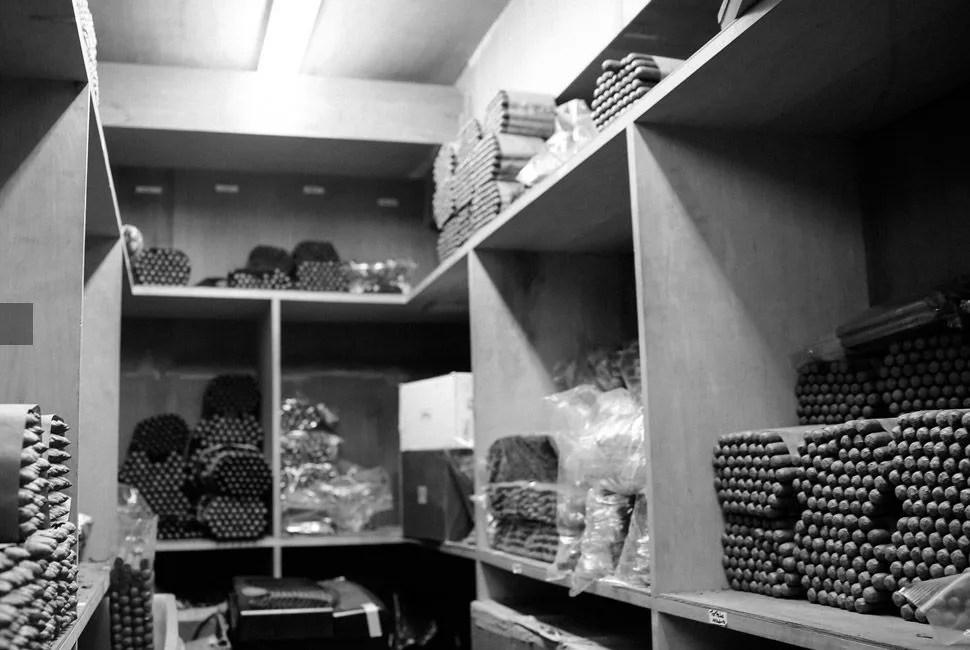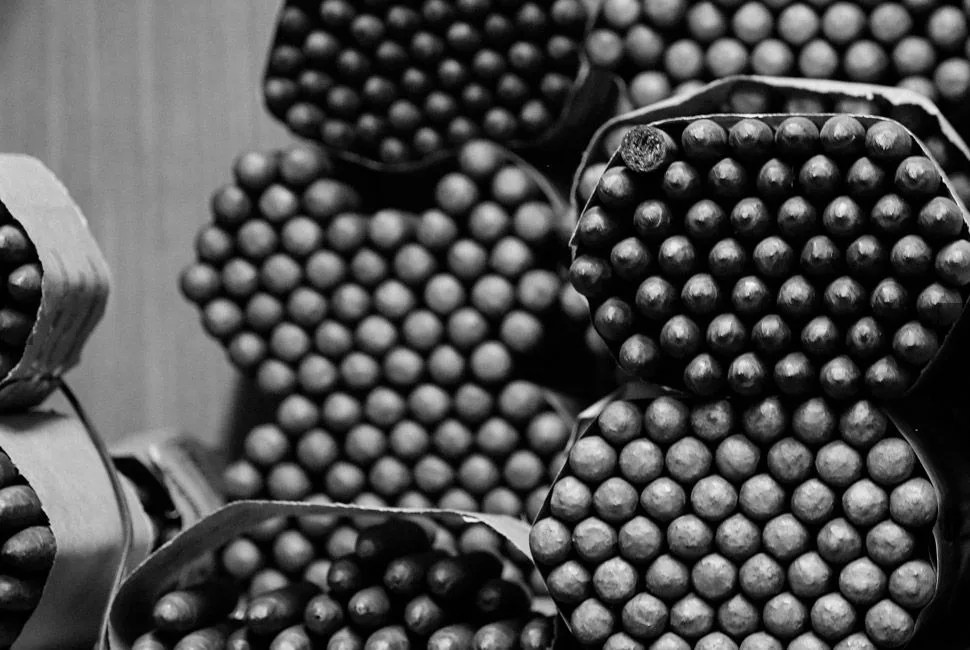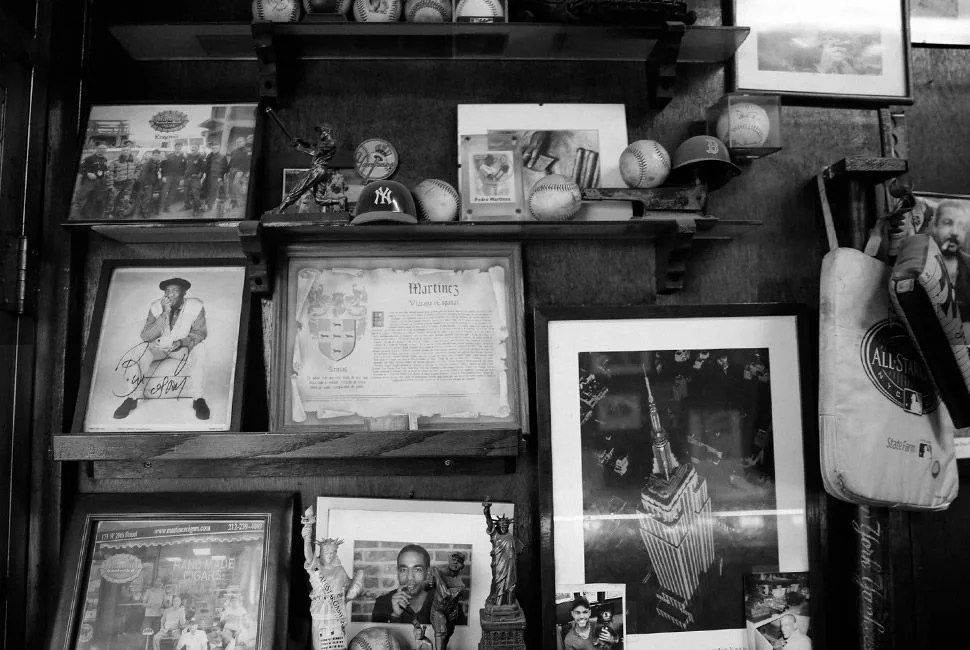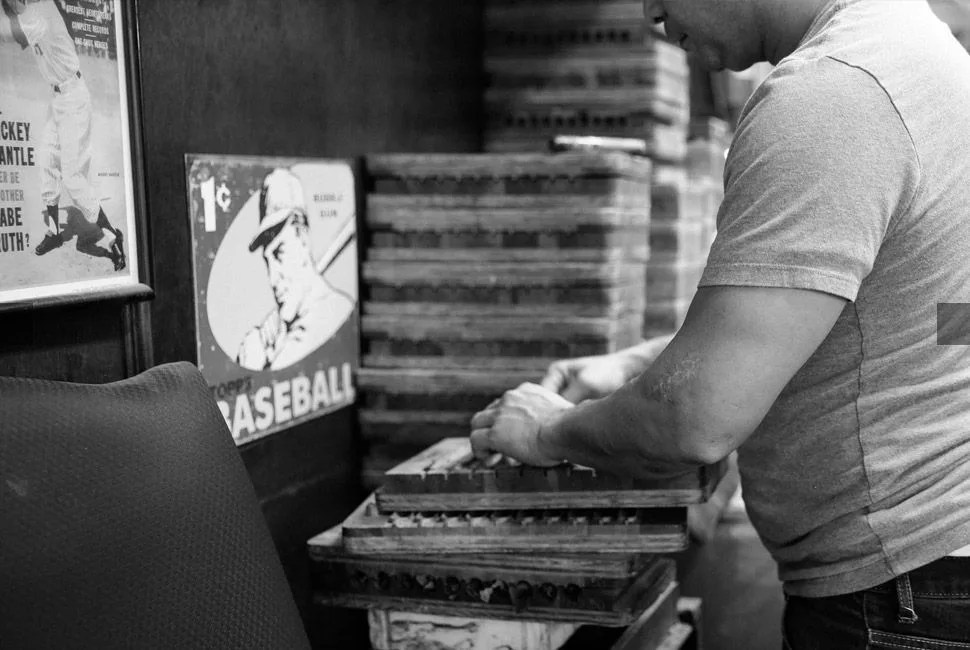9 photos
Jesus Martinez stands tall and thin, framed by the dark wood of plaques and pictures hung on every wall in Martinez Hand Rolled Cigars on 29th street and 7th avenue, a cubby hole next to a “Lottery Tickets Beer Sandwiches” corner store. Jesus smiles easily, his eyes a little watery, possibly from the pleasant, acrid smoke that doesn’t cloud the air but is nevertheless cloying the instant the door to his store swings open. He speaks quietly; it sounds like he says the store has been open four years. “Forty”, he repeats. The shop is ageless in the way that cigar stores are, filled with old artifacts — a signed photo of Bill Cosby, a seat cushion from a baseball game, paintings of family members holding cigars — hinting at bygone eras but not screaming out specifics. The customers that pop in to buy cigars and shoot the shit are both young and old. That smell, though, the odor of barnyard tobacco and creamy smoke: that’s so pungently ingrained that 40 years seems about right.

The telltale scent of Martinez’s comes from fermented tobacco leaves. Aging is a well-known part of the cigar-making process. Ask for specifics beyond that fact, though, and things get murkier. Old articles from cigar publications float about the internet with a standard set of information: aging is an important process in the pre- and post-rolling of a cigar, and most major brands do it; many cigar smokers age their own cigars in personal humidors after buying them, for months or years, in order to enhance their flavor; cigars must be kept in a constantly humid environment with steady temps to age without being ruined; aging, simply, makes cigars better. But the deeper questions of why the process works, how long it takes to make a good cigar great, and the exact role of aging before and after cigars are rolled get less attention. Possibly because these answers are lacking, a decent amount of smokers don’t bother with aging at all.
CIGAR AGING BASICS

